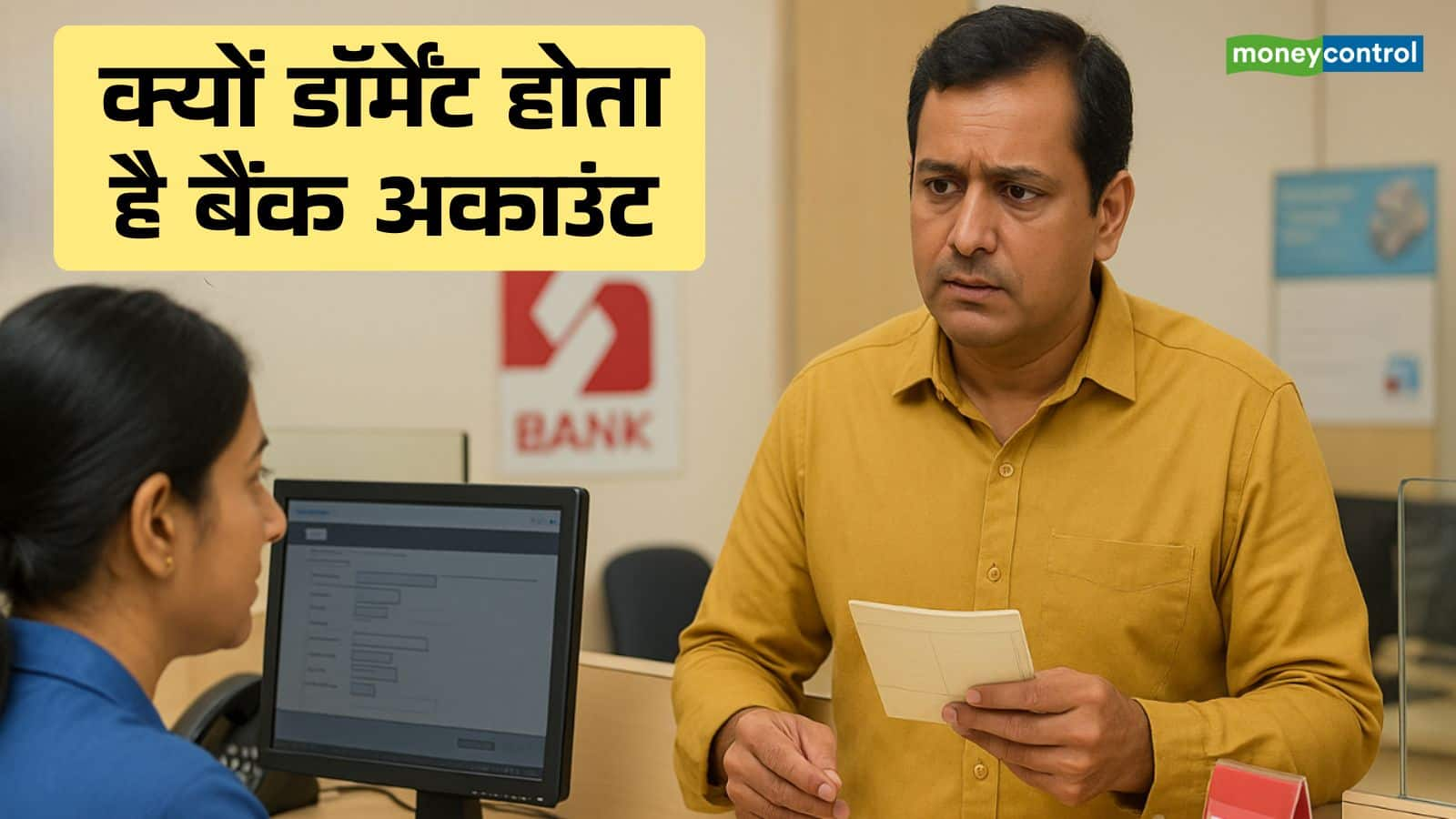
Dormant bank account: If you have not made any transactions in your bank account for a long time, be careful. Your account can be inactive or dormant. This not only stops your services, but also makes it difficult to reach the fund. Although the good thing is that inactive or dormant account can be activated back, provided you have the correct information about its rules and procedure.
Let us know why the bank account is inactive or dormant and what is the process and fee to re -activate the account.
Why are accounts inactive or doramen?
If the customer does not do any transaction in his account for 12 consecutive months, the bank declares him inactive. If this condition persists for 24 months or more continuously, the account becomes a dormant. It is also worth noting that the interest or fee cut deposited towards the bank is not considered as ‘transaction by customer’.
There may be some special reasons behind the account being inactive or dormant. For example, the account holder shifts to another place and ignoring the old account. Choosing a new bank and forgetting the old, walking an account in the name of the deceased account holder, in which there is no activism. Accounts such as fix deposits, which do not have transactions for years.
Difference between inactive and domantic accounts
The main difference between inactive and doMent accounts is in their functional status. The inactive account remains active with limited activities. It can get some facilities such as balance check or statement. But the Damen account is considered completely inactive. In this, services like debit card, net banking, UPI and ATM withdrawal are stopped.
This is done to protect against safety and misuse. Banks often send warnings to the customer through email, SMS or post before this situation. On reaching DoMent State, a formal process like KYC and Identification Verification has to be completed to reuse the account. At the same time, this is not necessary in inactive accounts.
How to re -activate the Damen account?
To restart the account, you usually have to go to the nearest branch of the bank. Also, some important documents have to be brought:
- Valid identity card (Aadhaar, PAN etc.)
- Account number or passbook
- If the address has changed, the new address proof
The bank will take a written request and the new KYC form will be filled if needed. Some banks now also accept video KYC or call verification, but in most cases in-commercial verification is necessary.
Once the process is completed, the account is restarted and you can take services like NEFT, UPI or cash withdrawal again. If you want, you can also close the account by transferring funds.
Do banks install penalty?
No. According to RBI guidelines, banks cannot impose any fees or penalty to re -activate the dormant or inactive account. Also, interest is also available on funds deposited in the account- even if it is inactive. The account is dormant only for the good of the customer, so that there is no fraud with the account.
What happens to the account which has been inactive for 10 years?
If your account remains inactive for 10 years or more, the amount deposited in it is transferred to RBI’s Deaf (Depositor Education and Awareness Fund). However, you can claim your money by contacting the bank with appropriate documents.
How to protect the account from being a dormant?
Do some transaction from your account every few months, even if it is a UPI transfer of ₹ 10. Also, link the account to an auto debit, UPI app or mobile wallet, so that regular activity remains. Still, if the account becomes inactive by mistake, then contact the bank and activate it. If the account is not needed, it is more correct to close it.
Also read: Post Office Scheme: Married? Invest in this scheme of post office with spouse, every month will be strong